Wet/Wet differential pressure transducers and transmitters which are compatible with liquids on both positive and negative side process connections.
Wet/Wet DP sensors are constructed to protect both sides of the sensor from the corrosive effects of contact with condensing moisture or other liquid substances.
Products
 DPT200 Pressurised Tank Level Differential Pressure Transmitter - Pressurised tank liquid level differential pressure cell transmitter for process plant storage.
DPT200 Pressurised Tank Level Differential Pressure Transmitter - Pressurised tank liquid level differential pressure cell transmitter for process plant storage. DPT200 High One Side Overload Differential Pressure Sensor - DP transmitter for measuring pressure difference between two pressure points which can tolerate up a very high overload pressure independently on either the positive or negative side port or both together at the same time.
DPT200 High One Side Overload Differential Pressure Sensor - DP transmitter for measuring pressure difference between two pressure points which can tolerate up a very high overload pressure independently on either the positive or negative side port or both together at the same time.
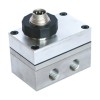 PD39X High Differential Pressure Transmitter
PD39X High Differential Pressure Transmitter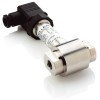 PD33X High Accuracy Differential Pressure Transmitter
PD33X High Accuracy Differential Pressure Transmitter PD33X Digital Differential Pressure Sensor
PD33X Digital Differential Pressure Sensor PD39X Twin Absolute Digital DP Sensor
PD39X Twin Absolute Digital DP Sensor
Applications
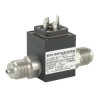 DP sensor for -1 to 3 bar differential water pressure and 16 bar overpressure - I am looking for a 4-20mA output DP sensor with a -1 to 3 bar differential range for use on water. The sensor will need to withstand an overpressure of 20 bar on the positive side and 1.5 bar on the negative side.
DP sensor for -1 to 3 bar differential water pressure and 16 bar overpressure - I am looking for a 4-20mA output DP sensor with a -1 to 3 bar differential range for use on water. The sensor will need to withstand an overpressure of 20 bar on the positive side and 1.5 bar on the negative side. 4 inch water column range 4-20mA differential pressure sensor for liquids - Low range wet/wet dp sensor for measuring differential pressure of a liquid from 0 to 4 inches of water column.
4 inch water column range 4-20mA differential pressure sensor for liquids - Low range wet/wet dp sensor for measuring differential pressure of a liquid from 0 to 4 inches of water column.
 100 mbar wet/wet 4 to 20mA differential pressure sensor and display
100 mbar wet/wet 4 to 20mA differential pressure sensor and display 2 bar water pressure difference sensor and single input process indicator
2 bar water pressure difference sensor and single input process indicator 10 bar seawater differential pressure sensor for hazardous area
10 bar seawater differential pressure sensor for hazardous area 3 bar differential pressure sensor for sea water
3 bar differential pressure sensor for sea water
- Wet wet DP sensor for 10 inches of water range
- 150psi freshwater differential pressure sensor & panel indicator
- Liquid compatible transmitter with 15 psi DP range and protected on either side to 300 psi
- 20 psi wet/wet differential pressure transmitter
- 50 psi wet/wet 0-10 volt output differential pressure transducer
- 1.5 psi wet/wet DP transmitter for line pressures up to 1,885 psi
Related Product and Application Guides
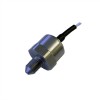 Pressure Transducers
Pressure Transducers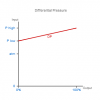 Differential Pressure
Differential Pressure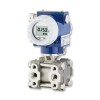 Pressure Transmitters
Pressure Transmitters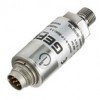 Voltage Output Pressure Transducers
Voltage Output Pressure Transducers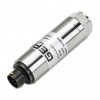 Millivolt Output Pressure Transducers
Millivolt Output Pressure Transducers Differential Pressure Sensors
Differential Pressure Sensors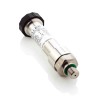 Digital Pressure Sensors
Digital Pressure Sensors
Related Help Guides
- What can a DP sensor be used to measure beyond differential pressure?
- How do you measure flow rate with a dp cell
- Measuring flow rate of a liquid or gas using a dp sensor
- Measuring density of a liquid using a dp sensor
- Measuring liquid level in a tank using a dp sensor
- Measuring gauge pressure using a dp sensor
- Measuring absolute pressure using a dp sensor
- Measuring barometric pressure using a dp sensor
- Measuring vacuum as an absolute range using a dp sensor
- Measuring vacuum as a negative gauge pressure using a dp sensor
